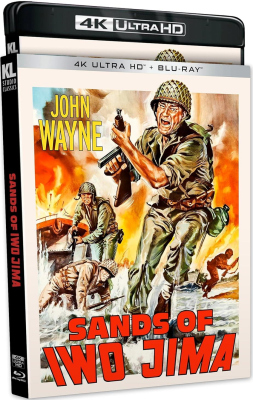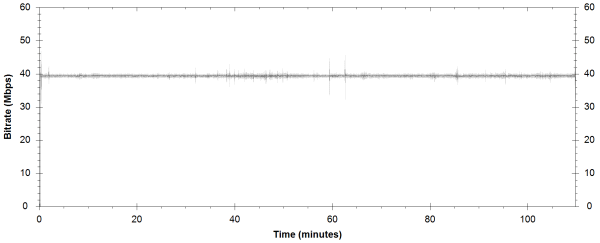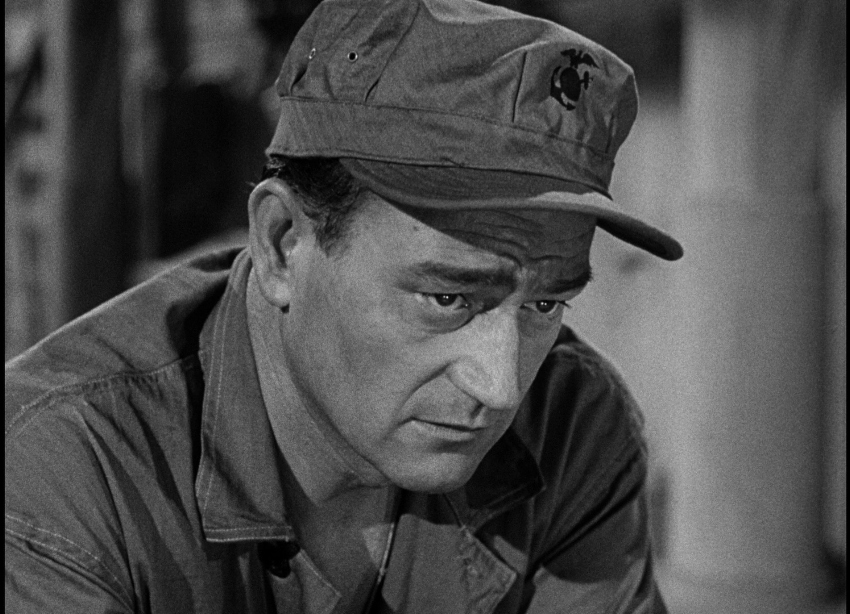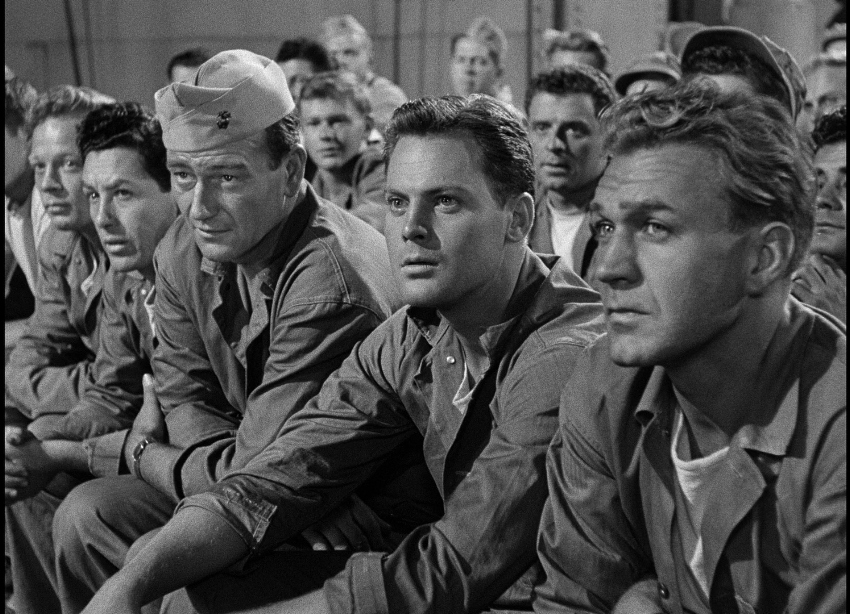|
Firstly, a massive thank you to our Patreon supporters. These supporters have become the single biggest contributing factor to the survival of DVDBeaver. Your assistance is essential to our survival.
What do Patrons receive, that you don't?
1)
Our
weekly
Newsletter
and
Calendar Updates
sent to your Inbox!
Please consider keeping us in existence with a couple of dollars or more each month (your pocket change! / a coffee!) so we can continue to do our best in giving you timely, thorough reviews, calendar updates and detailed comparisons. I am indebted to your generosity. |
![]()
![]()

![]()
![]()
|
Search DVDBeaver |
S E A R C H D V D B e a v e r |
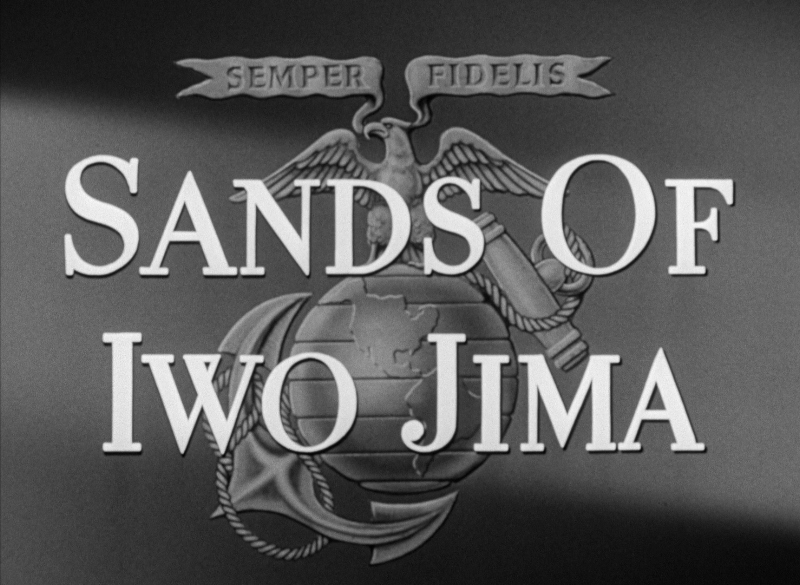
Directed by Allan Dwan
USA 1949
|
Screen legend John Wayne (The Longest Day) catapulted from Hollywood leading man to All-American hero with his Oscar-nominated performance (Best Actor of 1949) as Sgt. Stryker, a hard-nosed Marine sergeant who must mold a company of raw recruits into a combat-ready fighting machine. Feared by many and hated by all, Stryker’s training is soon put to the test in a full-scale assault against the Japanese on Iwo Jima—an infamous battle that will live forever in one of cinema’s most iconic scenes, the flag-raising on Mt. Suribachi. Emotionally gripping, punctuated with intense and sweeping battle scenes, all bound together by The Duke’s larger-than-life performance, Allan Dwan’s Sands of Iwo Jima is the quintessential WWII film. *** Sands of Iwo Jima (1949), directed by Allan Dwan, is a quintessential World War II film starring John Wayne as Marine Sergeant John Stryker, a tough, battle-hardened leader tasked with transforming a squad of raw recruits into a disciplined fighting unit. The narrative follows their grueling training and combat experiences, culminating in the iconic Battle of Iwo Jima, where Stryker’s harsh methods prove vital. Initially despised for his relentless discipline, Stryker earns his men’s respect through bravery and sacrifice, particularly from Private Peter Conway (John Agar), who grapples with his own resentment. Blending intense battle sequences with personal drama, the film celebrates Marine Corps valor, highlighted by the historic flag-raising on Mount Suribachi, and earned Wayne his first Best Actor Oscar nomination. |
Posters
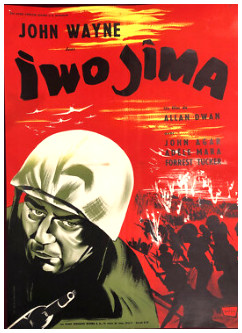 |
 |
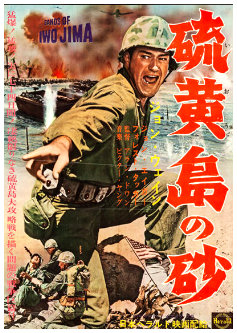 |
 |
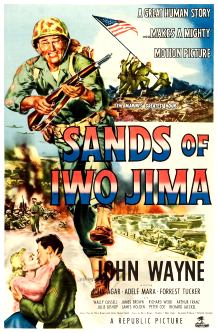 |
 |
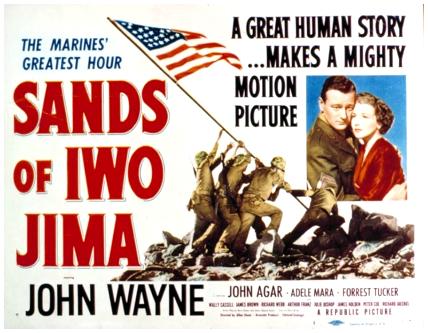 |
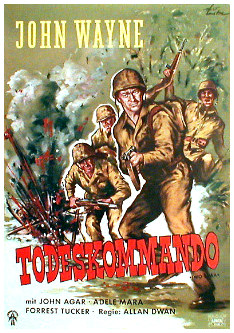 |
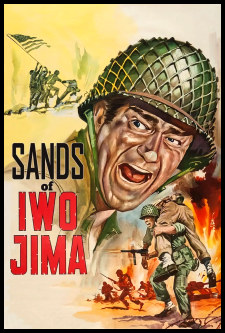 |
 |
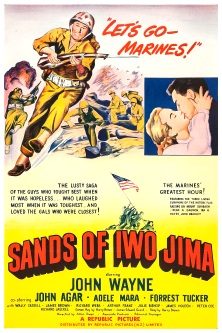 |
 |
 |
 |
 |
Theatrical Release: December 14th, 1949
Reviews More Reviews DVD Reviews
Review: Kino - Region FREE 4K UHD / Region 'A' - Blu-ray
| Box Cover |
|
4K UHD: Simultaneously available on Blu-ray from Kino (that is included with the 4K UHD): Bonus Captures: |
| Distribution | Kino - Region FREE 4K UHD / Region 'A' - Blu-ray | |
| Runtime | 1:49:43.910 | |
| Video |
1. 37:1 1080P Dual-layered Blu-rayDisc Size: 40,190,362,974 bytesFeature: 35,639,267,328 bytes Video Bitrate: 39.34 MbpsCodec: MPEG-4 AVC Video |
|
|
NOTE: The Vertical axis represents the bits transferred per second. The Horizontal is the time in minutes. |
||
| Bitrate Blu-ray: |
|
|
| Audio |
DTS-HD Master
Audio English 1568 kbps 2.0 / 48 kHz / 1568 kbps / 24-bit (DTS Core: 2.0 /
48 kHz / 1509 kbps / 24-bit) Dolby Digital Audio English 192 kbps 2.0 / 48 kHz / 192 kbps / DN -31dB |
|
| Subtitles | English (SDH), None | |
| Features |
Release Information: Studio: Kino
1. 37:1 1080P Dual-layered Blu-rayDisc Size: 40,190,362,974 bytesFeature: 35,639,267,328 bytes Video Bitrate: 39.34 MbpsCodec: MPEG-4 AVC Video
Edition Details: DISC 1 (4K UHD): • NEW Audio Commentary by Filmmaker/Historian Steve Mitchell and Combat Films: American Realism Author Steven Jay Rubin DISC 2 (Blu-ray): • NEW Audio Commentary by Filmmaker/Historian Steve Mitchell and Combat Films: American Realism Author Steven Jay Rubin • The Making of Sands of Iwo Jima: Hosted by Leonard Maltin (17:50) • Theatrical Trailer (1:53)
Black Standard Blu-ray Case inside slipcase Chapters 11 |
|
| Comments: |
NOTE:
The below
Blu-ray
captures were taken directly from the
Blu-ray
disc.
NOTE: We have added 62 more large
resolution Blu-ray captures
(in lossless PNG format) for DVDBeaver Patrons HERE
On their 4K UHD
and
Blu-ray,
Kino uses a DTS-HD Master dual-mono track (24-bit) in the original
English language. The soundscape complements the film's realism with a
lean, effective mix of music, effects, and dialogue.
Victor Young's (No
Time For Love,
Arise
My Love,
Union
Pacific,
The
Accused,
Strategic
Air Command, The
Sun Shines Bright,
Johnny Guitar,
China Gate,
The Ghost Breakers,
The Uninvited,
Rio Grande,
The Country Girl,
And Now Tomorrow, etc.) score
is understated, using martial brass and strings for training montages
and somber horns for losses, with the Marine Hymn recurring to stir
pride. Battle scenes roar with layered effects - gunfire, explosions,
shouted orders - blended with newsreel audio for authenticity. The
Tarawa sequence, with distant screams and artillery thuds, conveys
chaos, while Iwo Jima’s relentless barrage immerses listeners. Dialogue,
delivered in Wayne’s commanding baritone or Agar’s petulant tenor, is
clear with natural reverb in open spaces (beaches, camps) and intimacy
in close quarters (bunkers). Ambient sounds - waves, boots on sand,
clanking gear - ground the setting, though the mono mix lacks spatial
depth. Comic moments, like Regazzi’s banter, use lighter tones, but the
sound never oversells humor, maintaining focus on war’s gravity. The
lossless ensures clarity and an appreciated perseverance for
authenticity. Kino offers optional English subtitles on their Region
FREE
4K
UHD and Region 'A'-locked
Blu-ray.
On their
4K
UHD
and
Blu-ray, Kino offers a new
audio commentary track.
Allan Dwan's Sands of Iwo Jima
is a pivotal entry in John Wayne’s career and the WWII film genre,
embodying post-war American ideals of heroism, sacrifice, and patriotism
while offering a nuanced portrayal of leadership under pressure. Stryker
(Wayne) embodies the archetype of the tough but fair leader, whose
harshness masks deep care for his men. His methods - endless drills,
strict discipline - prepare them for war’s brutality, reflecting the
Marine Corps ethos of readiness. His personal sacrifices (a broken
family, suppressed emotions) underscore the toll of duty, making his arc
tragic yet inspiring. The recruits’ evolution from disdain to respect
parallels a coming-of-age narrative. Conway - played by John Agar,
husband of "America's Sweetheart" Shirley Temple and a genre star known
for roles in
The Mole People,
Attack of the Puppet People,
The Brain from Planet Arous,
Tarantula,
Journey to the Seventh Planet - transitions from defiance to
adopting Stryker’s “Saddle up!” command, embodying the generational
transfer of values and reflecting post-war America’s belief in the power
of disciplined youth. The film unabashedly celebrates American military
prowess, with the flag-raising as its emotional apex. The Kino
4K UHD disc elevates Sands of Iwo Jima’s
gritty visuals, with HDR/Dolby Vision revealing nuances in Lanning’s
cinematography - crisp uniforms, smoky battlefields - making it a must-own for war film fans. The extras are valuable: Mitchell and Rubin’s
commentary offers scholarly depth - the Blu-ray's
Maltin featurette adds historical flavor, and the trailer provides
nostalgia. The restoration’s quality and focused extras make this a
worthy upgrade, especially for Wayne devotees and
4K collectors. |
Menus / Extras
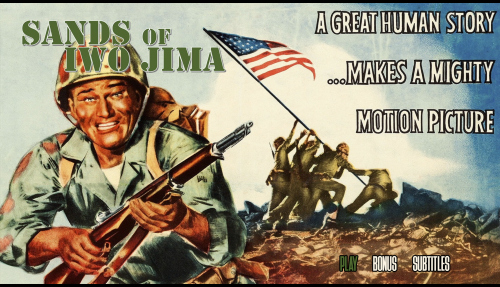 |
 |
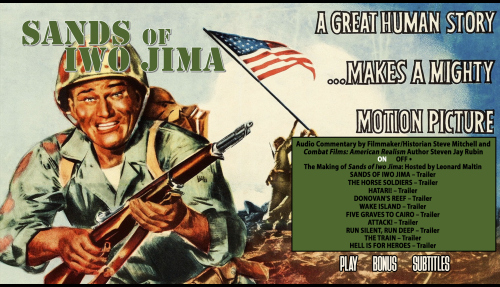 |
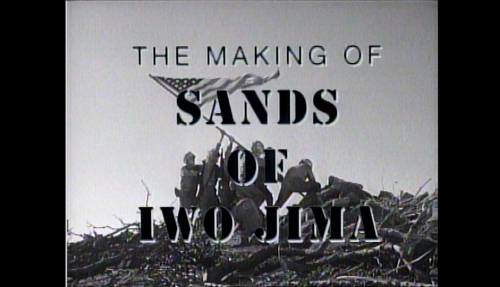 |
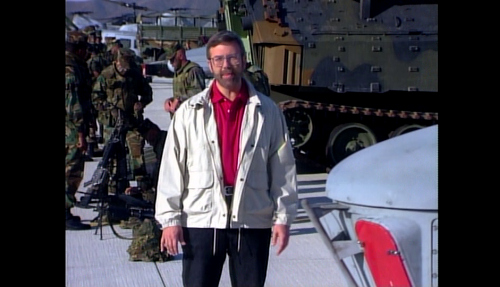 |
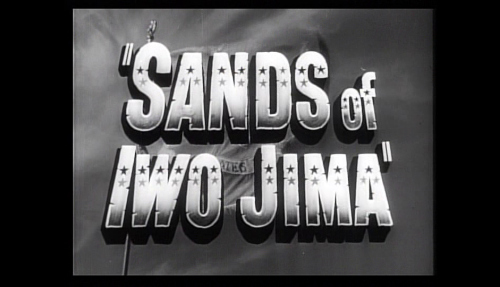 |
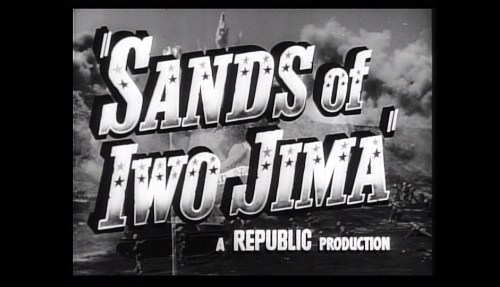 |
CLICK EACH BLU-RAY CAPTURE TO SEE ALL IMAGES IN FULL 1920X1080 RESOLUTION
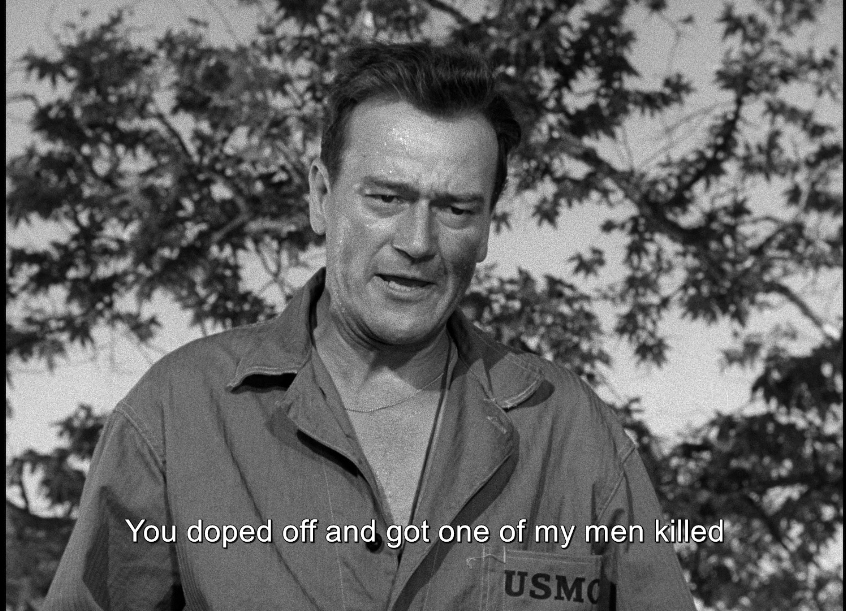 |
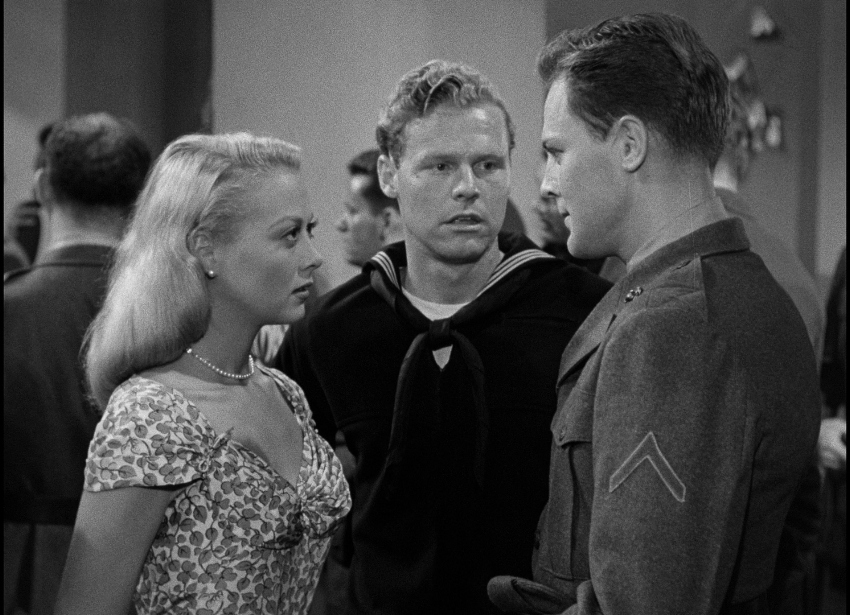 |
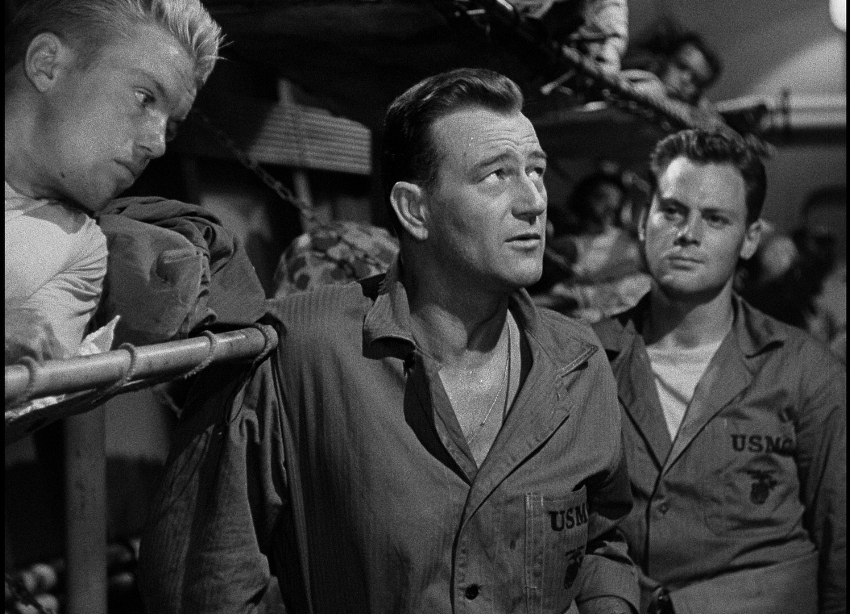 |
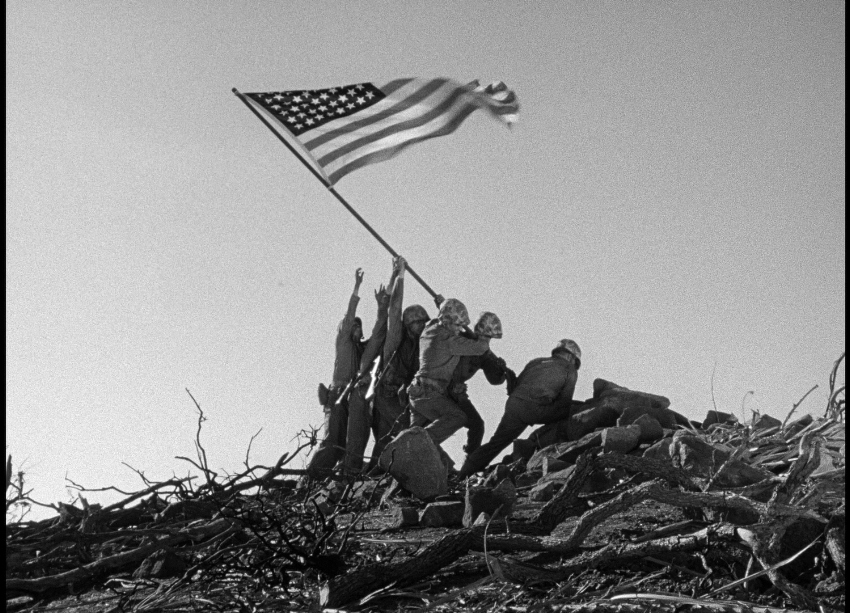 |
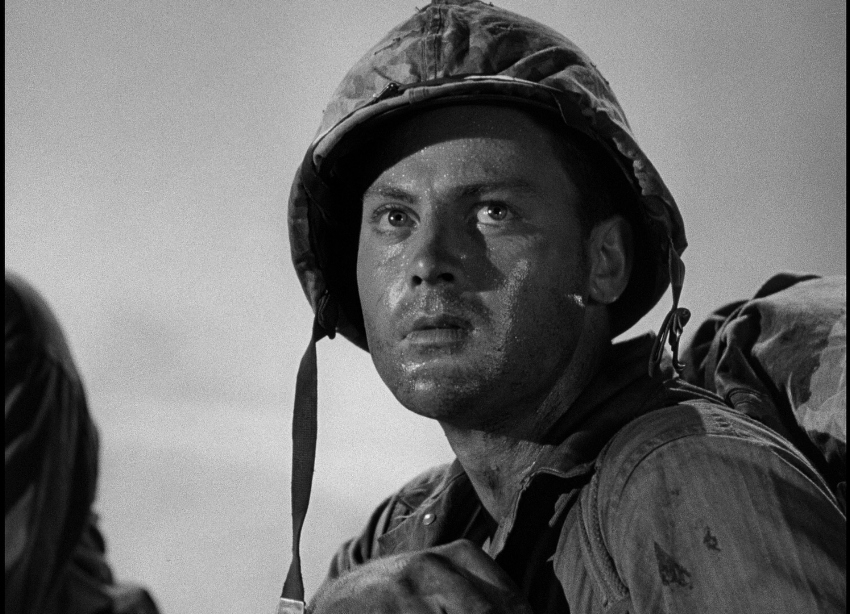 |
More full resolution (1920 X 1080) Blu-ray Captures for DVDBeaver Patreon Supporters HERE
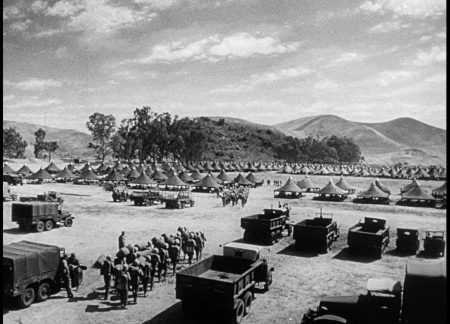 |
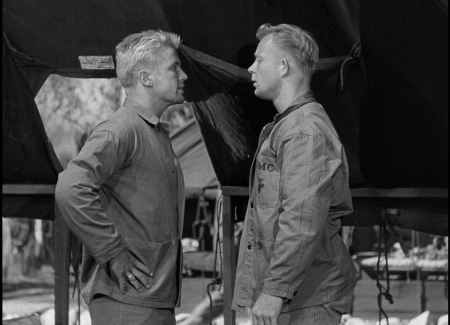 |
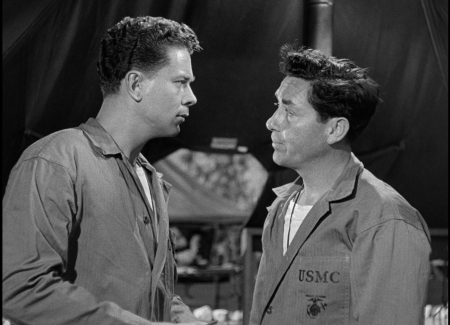 |
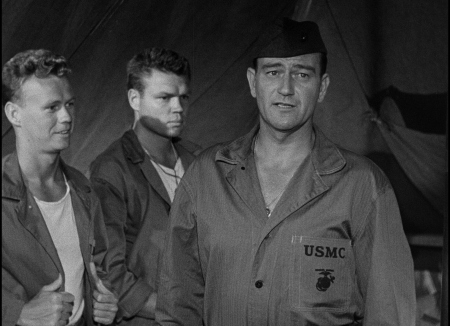 |
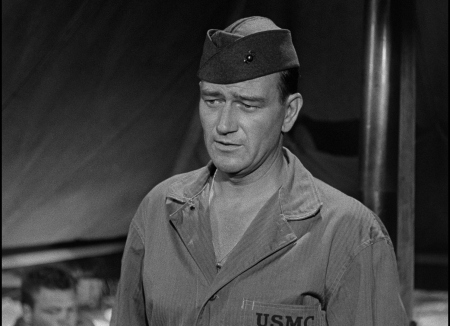 |
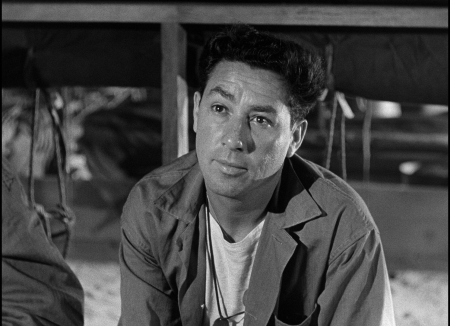 |
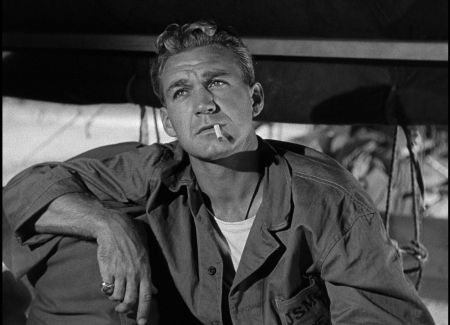 |
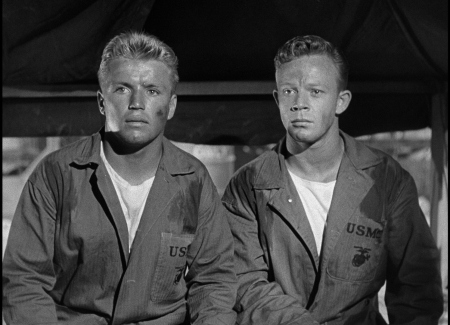 |
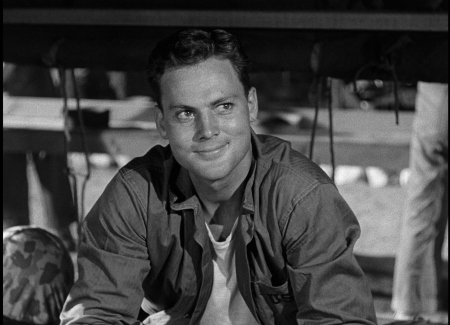 |
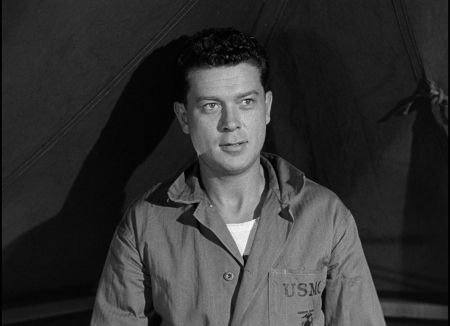 |
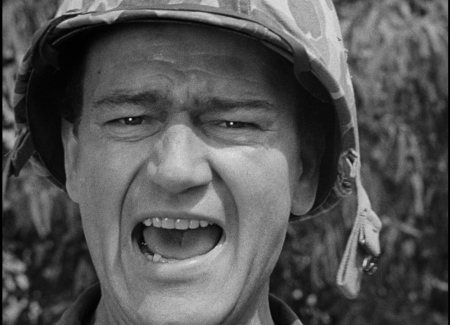 |
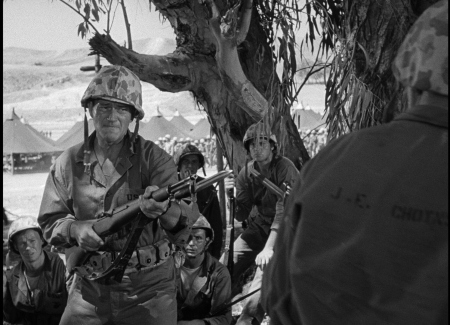 |
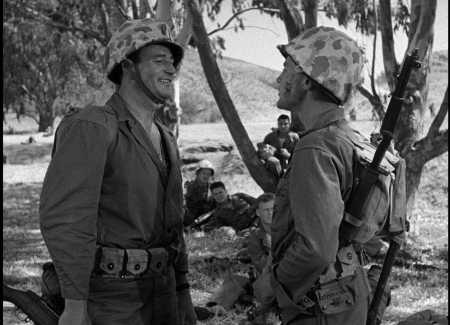 |
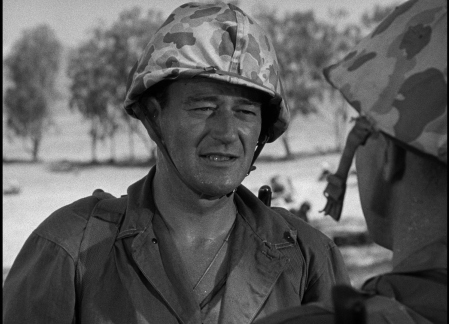 |
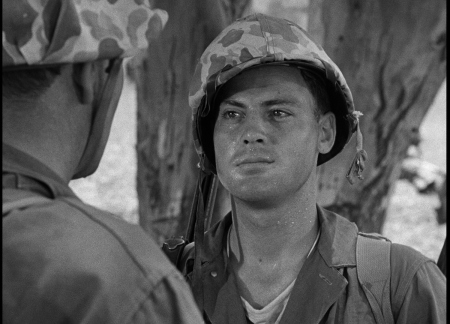 |
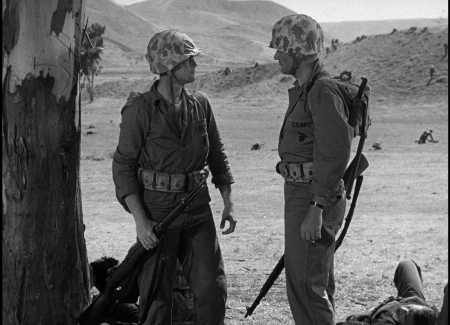 |
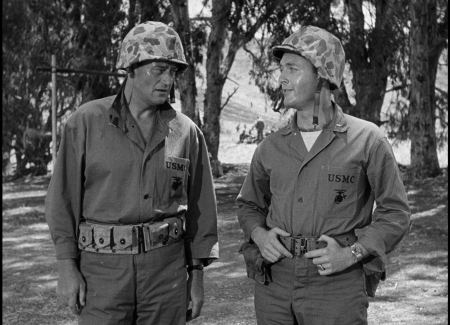 |
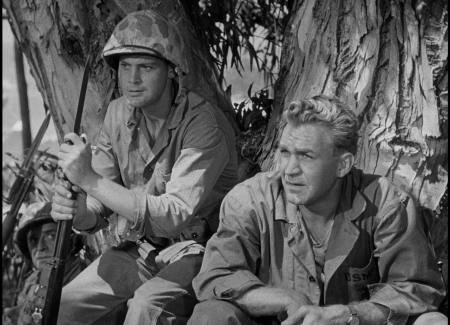 |
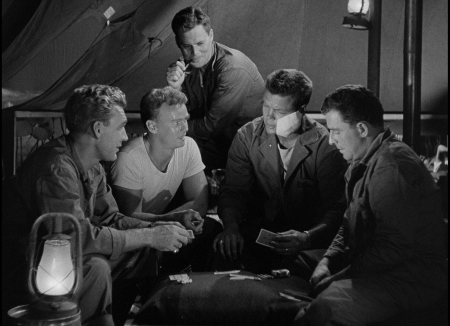 |
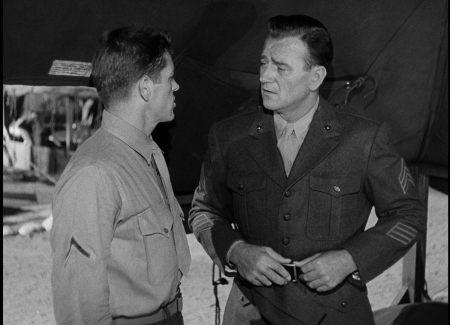 |
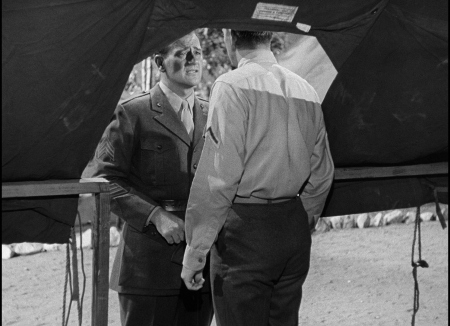 |
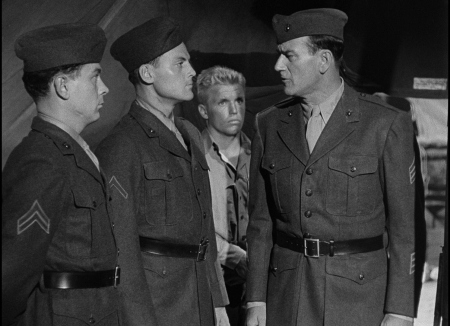 |
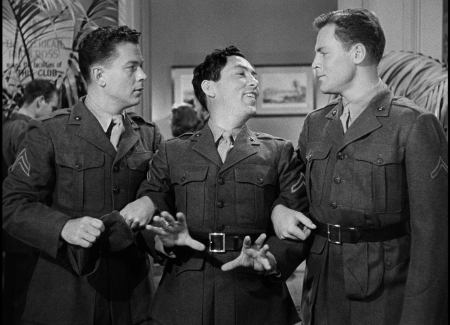 |
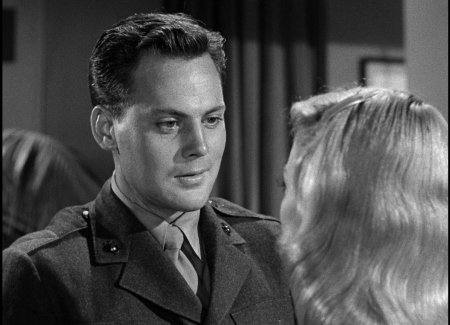 |
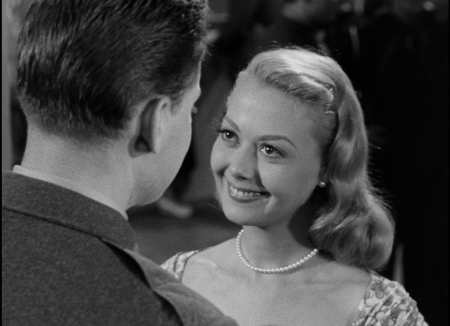 |
 |
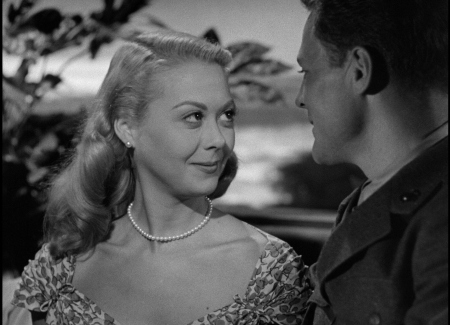 |
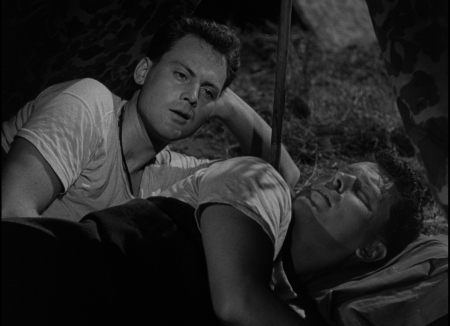 |
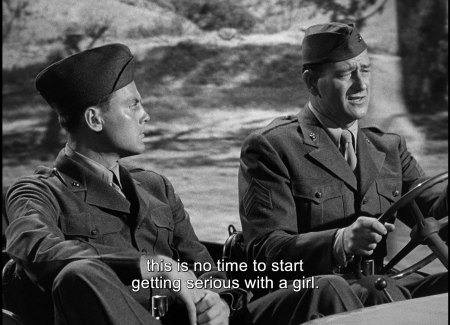 |
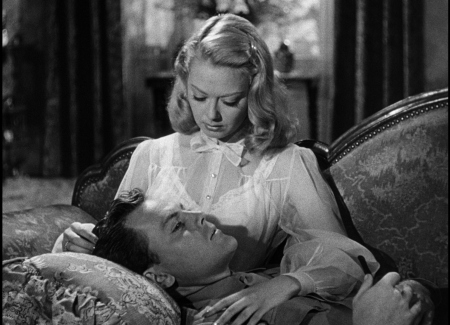 |
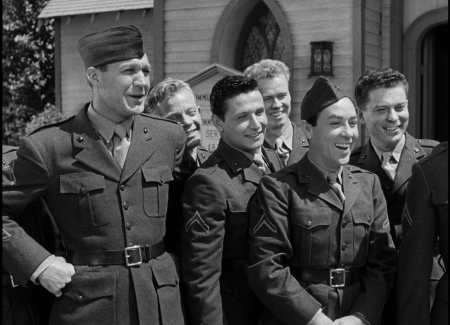 |
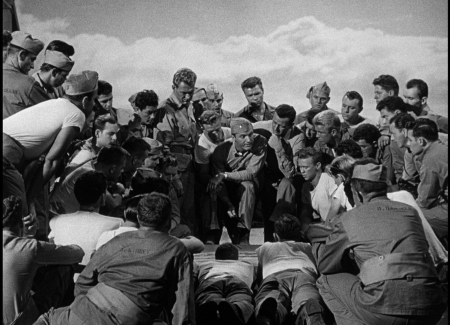 |
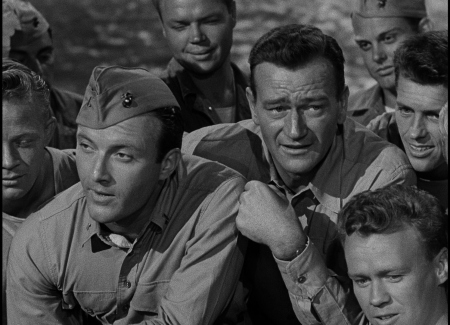 |
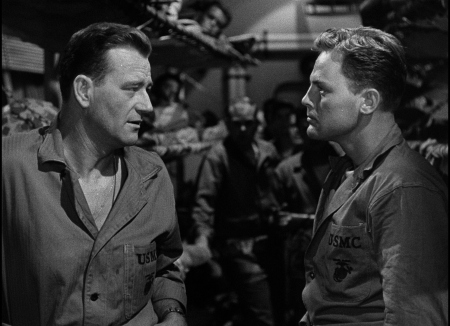 |
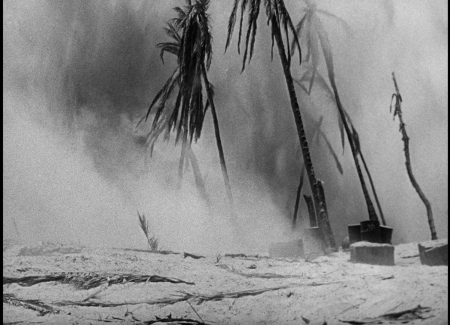 |
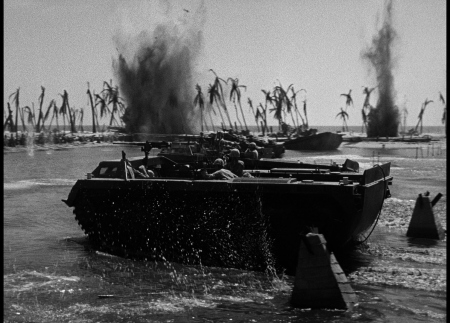 |
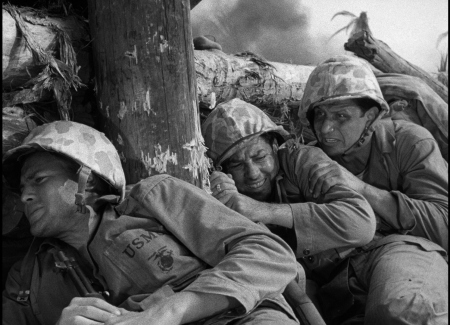 |
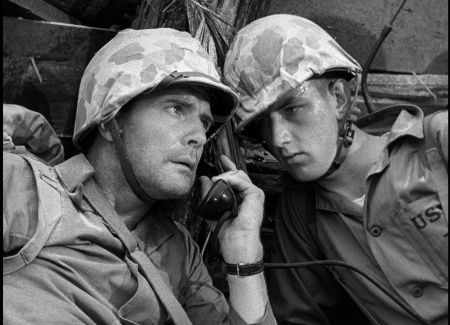 |
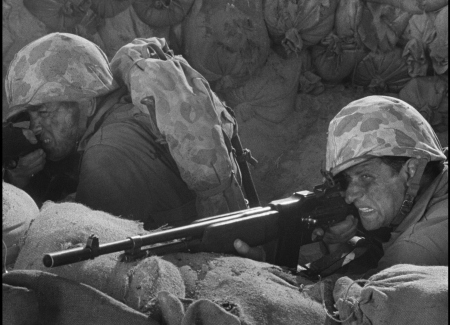 |
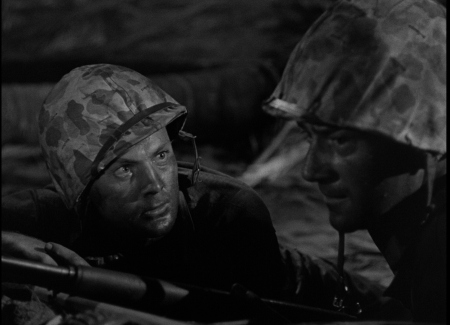 |
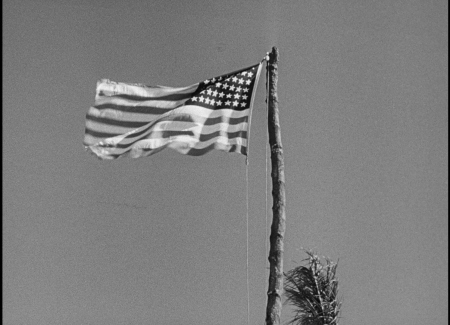 |
 |
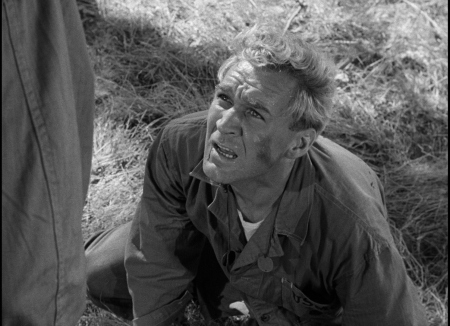 |
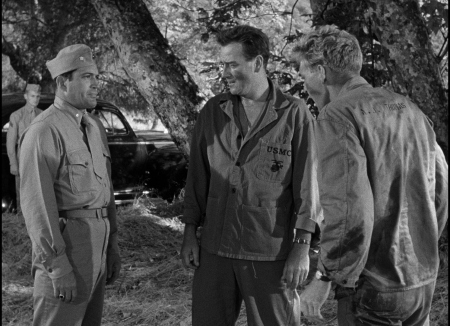 |
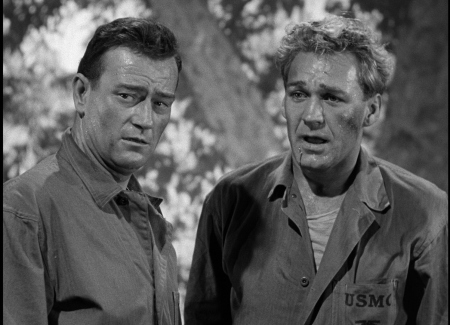 |
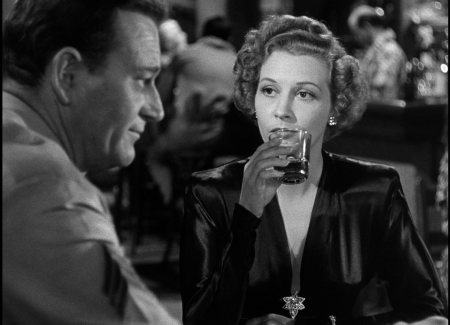 |
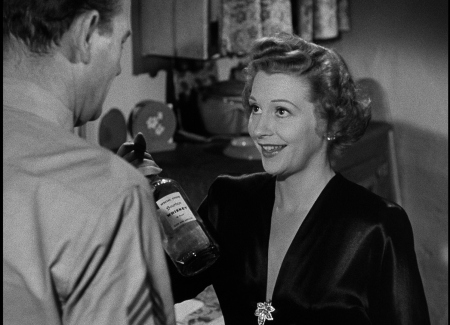 |
 |
 |
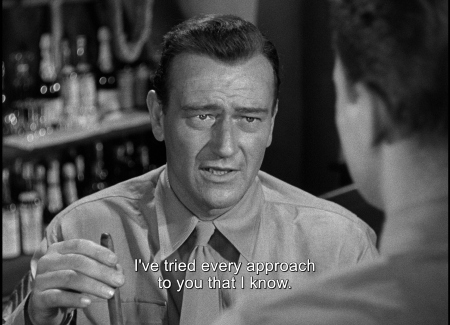 |
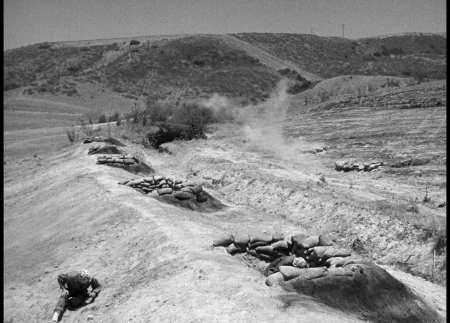 |
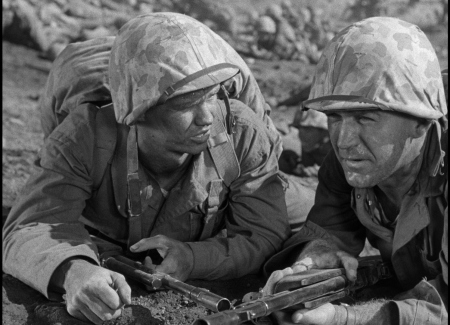 |
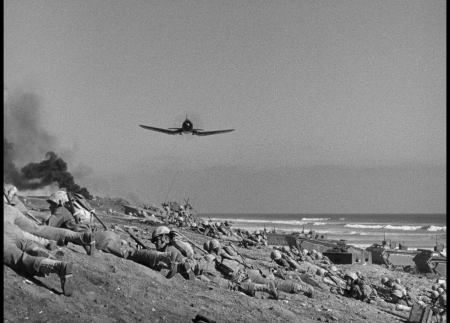 |
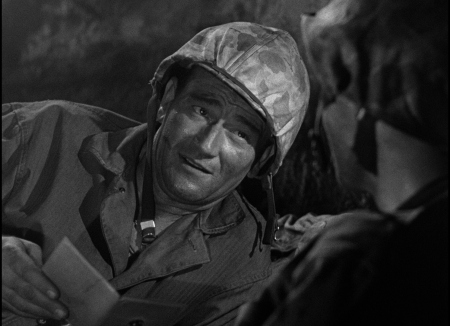 |
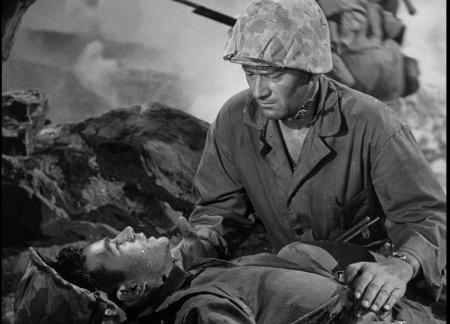 |
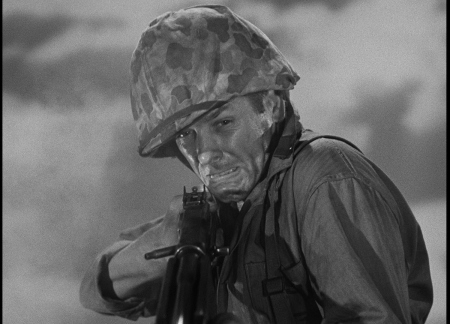 |
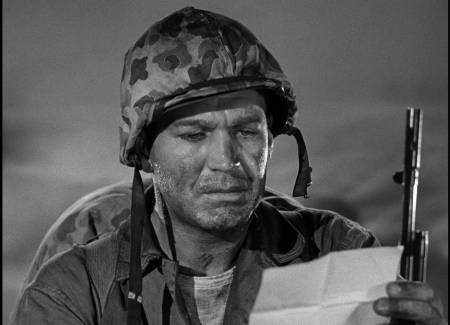 |
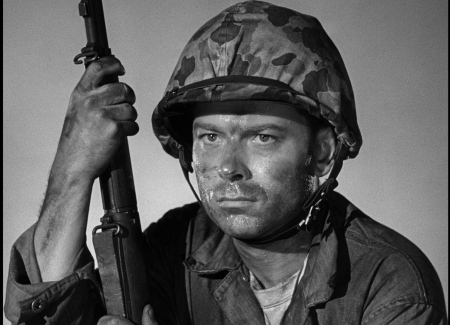 |
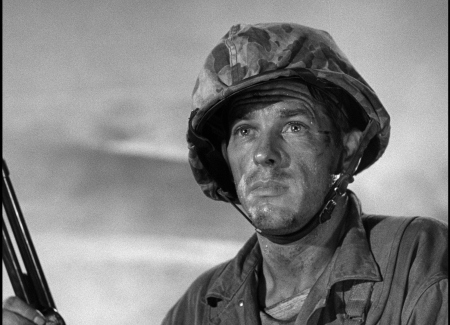 |
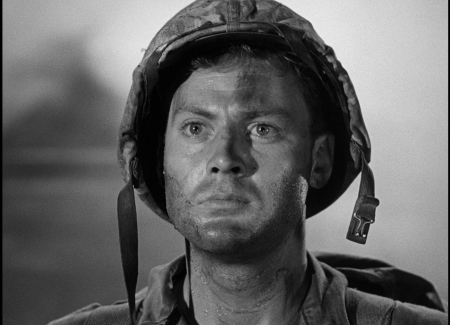 |
| Box Cover |
|
4K UHD: Simultaneously available on Blu-ray from Kino (that is included with the 4K UHD): Bonus Captures: |
| Distribution | Kino - Region FREE 4K UHD / Region 'A' - Blu-ray | |
![]()
![]()

![]()
![]()
|
Search DVDBeaver |
S E A R C H D V D B e a v e r |



